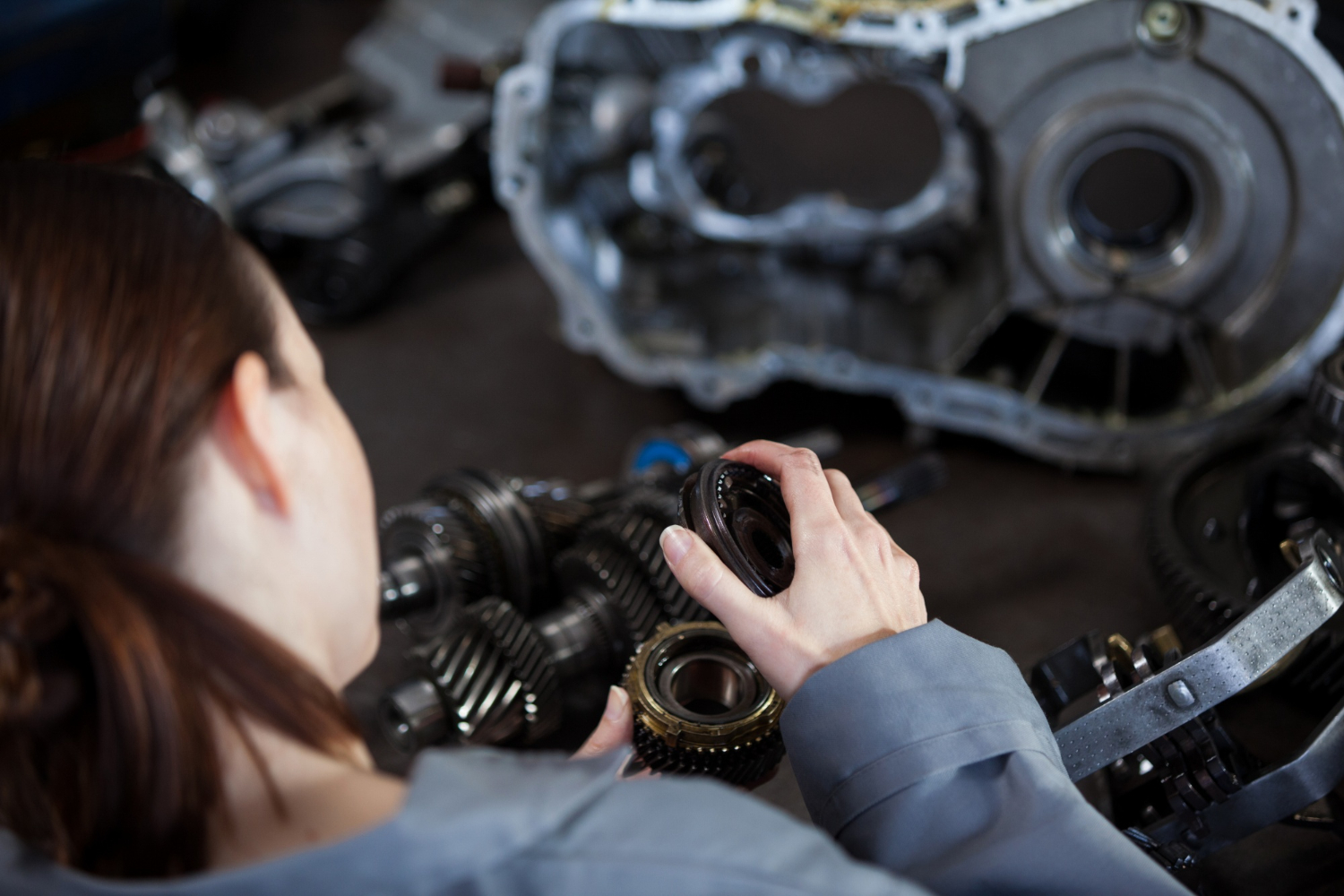 When embarking on a new project, it is important that you choose materials that are designed for the task. Torque is a twisting force that causes an object to spin around on a rotational axis.
When embarking on a new project, it is important that you choose materials that are designed for the task. Torque is a twisting force that causes an object to spin around on a rotational axis.
By using torque sensors, manufacturers can ensure that the materials they use are able to withstand the amount of twisting force that may be applied.
Table of Contents
Understanding torque sensors
Torque sensors are transducers that are used to convert rotational torque into something tangible that engineers and manufacturers can measure.
The different types of torque sensors include:
- Strain gauge: If a material twists when a force is applied, this will detect it and output data that can be analyzed and monitored.
- Rotary: Used to detect the level of torque on rotating components, such as those in an engine.
- Optical: Provide measurements by aiming a beam of light at the subject and analyzing any changes.
- Reaction: Torque doesn’t always cause rotation, which is when these sensors come in handy.
- Surface Acoustic Wave: By passing an ultrasonic soundwave over a reactive crystal, changes in its speed can be used to measure torque.
The role of torque sensors in material testing
Material testing is extremely important regardless of the reason for the test. Torque sensors are used to measure the suitability of different materials for their intended task.
Deciding whether a particular material is suitable for a particular application is key for a number of reasons. For example, the automotive industry will want materials that can handle the speed and movement of a car whilst still performing their function.
By selecting a tried and tested material, you can ensure the quality of your project, as well as its safety and performance once completed. If you work in construction or aerospace engineering, this is already something you will prioritize.
Advancements and innovations
New strain gauge sensors have been designed with a range of 0.2Nm to 13,000Nm, meaning they can accurately record sudden spikes in torque. Measurements can be taken up to 4,000 times per second, providing significantly improved monitoring. They will be most useful in industrial settings for machinery that is in constant use, potentially reducing downtime and the costs associated with that.
Torque sensors that can record environmental information at the same time will provide an even higher level of insight. This means that environmental conditions can be factored into any results and material testing can be taken to an even higher level. This more reliable data will help make products more durable and longer lasting.







